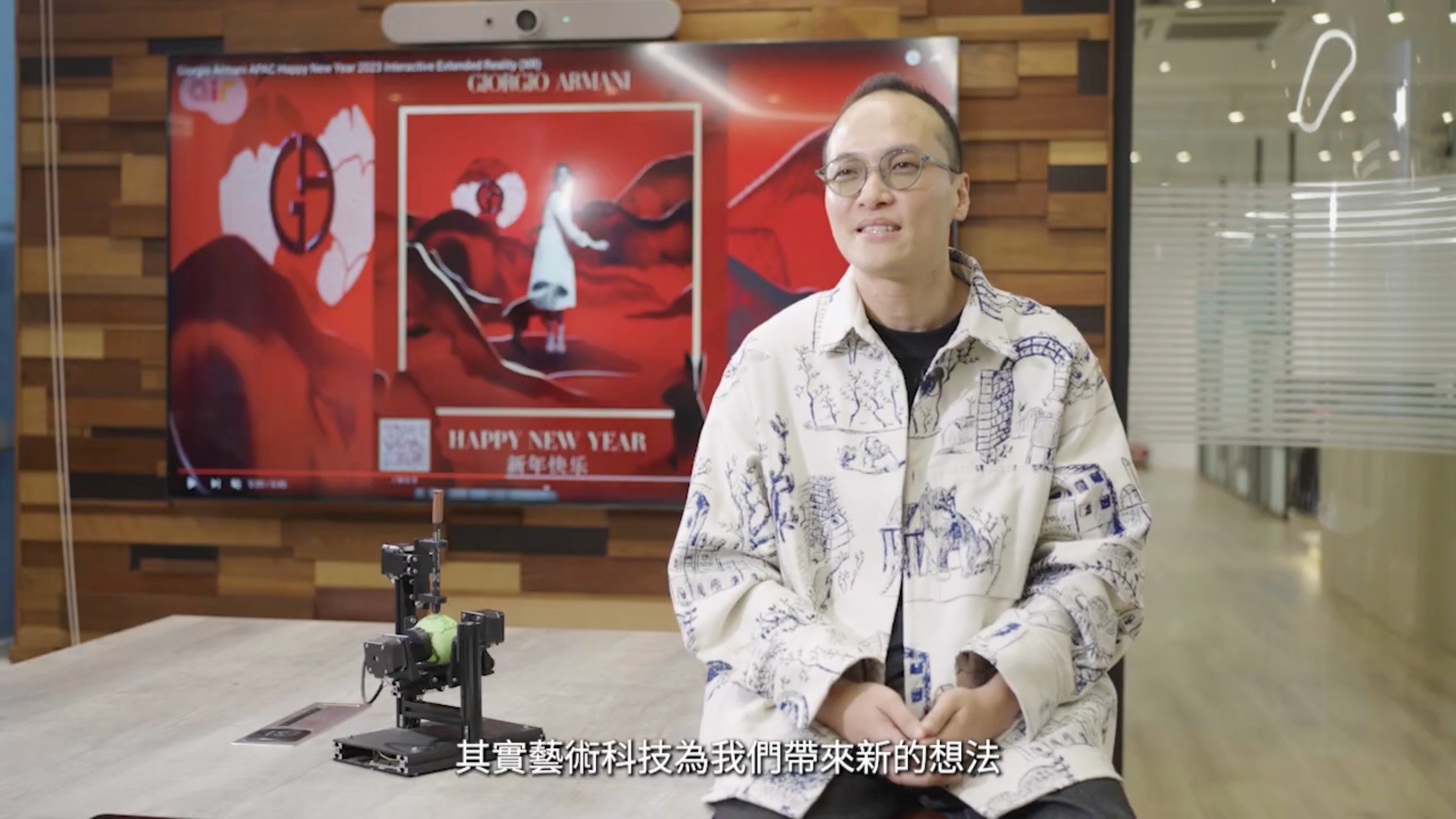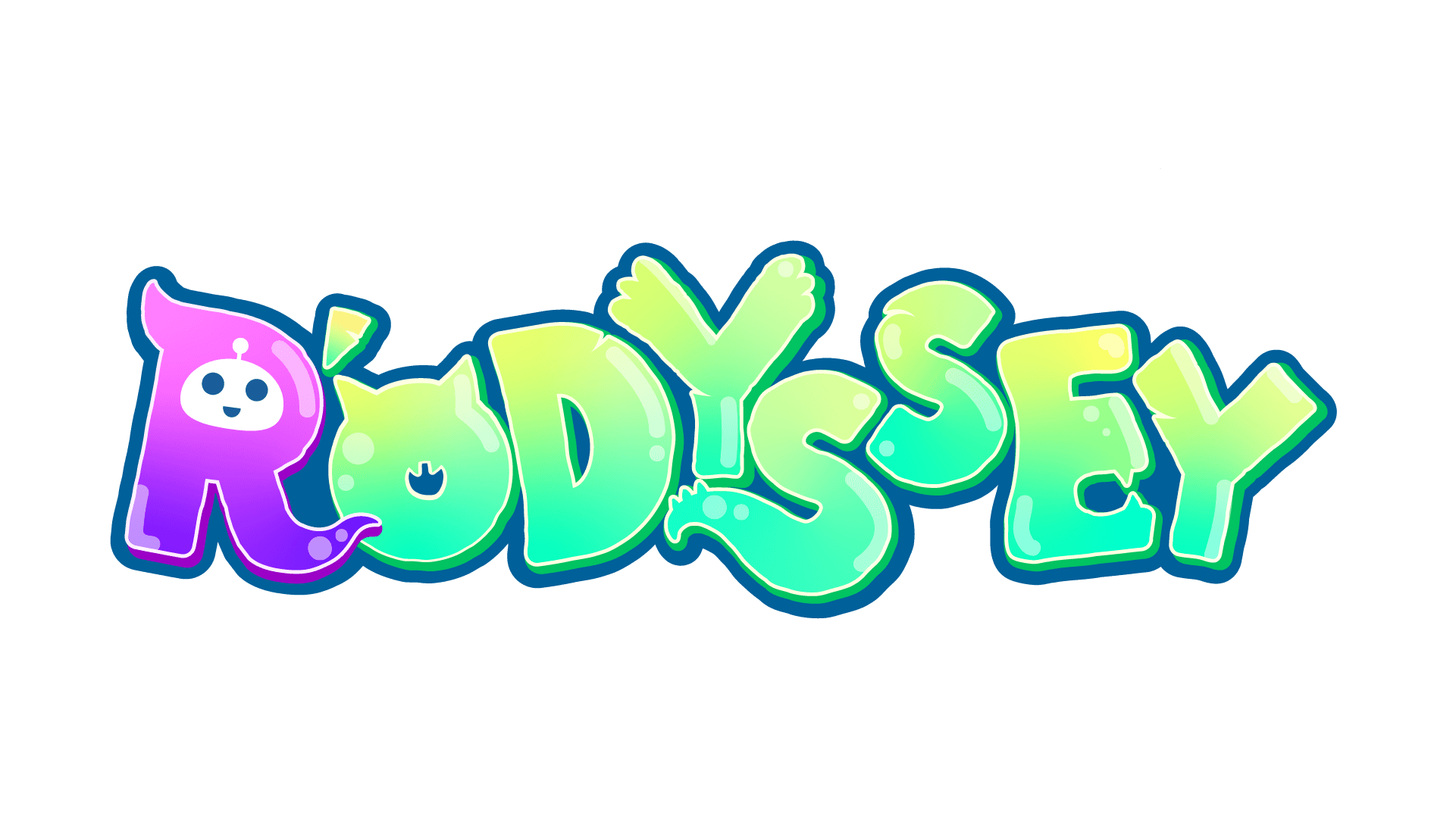2024年7月5日
In a recent interview with a prominent Hong Kong media outlet, Denny, the founder of R'ODYSSEY, shared his insights in Art x Tech in Education and experiences from his time at the innovative marketing company AIR. Drawing upon his extensive background in merging art and technology, Denny discussed the significant role of art and technology education in Hong Kong and how it is transforming the creative industry. Let’s delve into the conversation and explore his visionary perspectives. Now, he is aiming to apply these concepts with AI at R'ODYSSEY for all ages.
[Starting at 3:36]
As technology continues to evolve, the integration of art and innovative technology has become a new trend in the development of the creative industry. The application of technology not only broadens the creative space but also brings new opportunities and breakthroughs to the creative sector. This combination is particularly evident in the advertising industry, providing creators with unprecedented tools and methods of expression.
New Opportunities Brought by the Rise of Art Tech
When we combine art and technology, we often find that art focuses on content while technology focuses on the medium. Art has a history that can be traced back thousands or even tens of thousands of years, while the development of technology can be traced back hundreds of years. The rise of modern digital technology has made the combination of artistic creation and technology more impactful, creating new forms and experiences of art, including Immersive Experience, Interactive Experience, NFTs on WEB3, AR/VR/MR, Generative AI, and more. These new technologies not only bring new impacts to the audience but also provide creators with endless opportunities and inspiration.
For example, Henry Chu, a digital artist from Hong Kong, is both a creator of art tech and a digital media advertising creator. Internationally, digital artist Refik Anadol has brought digital art into many major institutions, showcasing the wide application of art tech.
Another example is the performance artist Banksy. Due to trademark issues, he did not want others to use his name to sell unofficial products. In 2019, he suddenly opened a Popup Store in London and eventually sold products through a website. This event can be seen as an art event. If this website were to be auctioned in the future, I believe it would become a valuable reference work, even though it is essentially a technological website.
In the advertising industry, AIR is a company that combines creativity and technology, and we call ourselves an Ideas & Innovation Studio. We never wait for opportunities to come to us; instead, we create opportunities ourselves. For example, we hold Hackathons within the company, and even if opportunities don't knock on our door, we create them ourselves. During festive celebrations, we used Generative AI to create a Mid-Autumn Festival moon and sent blessings through AR to friends and family, attracting users from dozens of countries. Recently, we used AR to recreate some old Hong Kong history and are preparing to participate in a startup competition in Hong Kong. Opportunities can definitely be created, whether in art tech or purely in art or technology. The combination of art and technology just gives us another format to express ourselves.
Examples of Art Tech Applied in Business
We try to use technology in every project we undertake. In recent years, examples like teamLab have proven that the public's pursuit of novelty or the culture of taking photos to check in are manifestations of the power of art tech. Interaction is not limited to phones and TVs, and in the advertising industry, we try to apply it to more scenarios.
During the pandemic, we launched an Immersive + Interactive Experience project for an international cosmetics brand in mainland China. The idea came from noticing that a music video by the foreign star Katy Perry used high-definition LED screens, robotic shooting, and post-production, making her look like she was entering a virtual world with interactivity, which was very realistic. This technology is usually used for shooting sci-fi movies, and we decided to try applying it to the advertising market. Although there were no potential clients at the time, we wanted to see if this approach was feasible. In the end, the project allowed consumers to immerse themselves in the brand's world, bringing an unprecedented experience and enhancing the brand image. Although we could not install it locally due to the pandemic, the final effect was still very ideal.
We also created a tennis ball printer for a local mall. The idea came from the fact that there was no such product on the market, only machines for painting Easter eggs, etc. So, we started designing from scratch, using 3D printing technology, and experimenting with different pens and balls. After hundreds of experiments, we finally achieved a satisfactory result. This process demonstrated the importance of bold innovation and careful verification.
Future Demand for Art Tech Talent
Currently, the industry has an unprecedented demand for art tech talent. The market is changing rapidly, and there is a shortage of talent. One notable position is the Creative Technologist. These talents need to have the ability to use both the left and right brains, possessing both soft and hard skills. They are more common abroad, and many universities have also started offering specialized courses. University training greatly helps the growth of these talents, and I am pleased to see similar courses beginning in Hong Kong.
Additionally, positions such as Digital Artists and VR/AR Developers are also in high demand. Compared to the traditional programming world, we in art tech are more focused on how to use programming and technology to showcase content, no longer confined to phones, TVs, and computers. The combination of art and technology provides us with another format to express creativity and skills. I believe AI will become a major breakthrough in the future, just as e-commerce has changed people's lives in ten years, I believe AI will profoundly change our lifestyles in three to five years.
Conclusion
The application of art tech in education not only brings new opportunities and breakthroughs to the creative industry but also provides unprecedented tools and methods of expression for the advertising industry. By combining art and technology, we can create more interactive and immersive experiences, stimulating the audience's interest and participation. In the future, with the development of AI and other new technologies, art tech will undoubtedly play an important role in more fields, bringing us more innovation and change.
Want to Stay Updated?
We will keep sharing our updates here and on social media. Follow us below if you don’t want to miss the latest updates in AI education.

